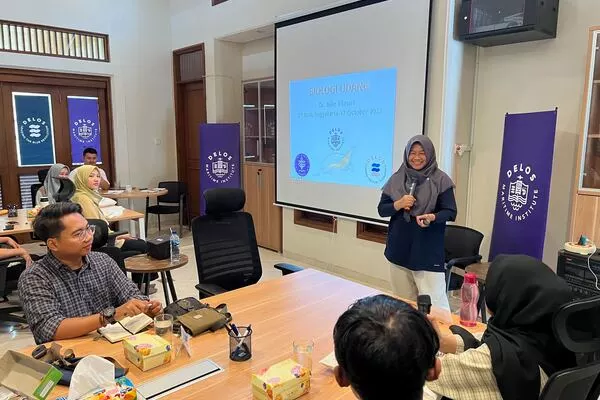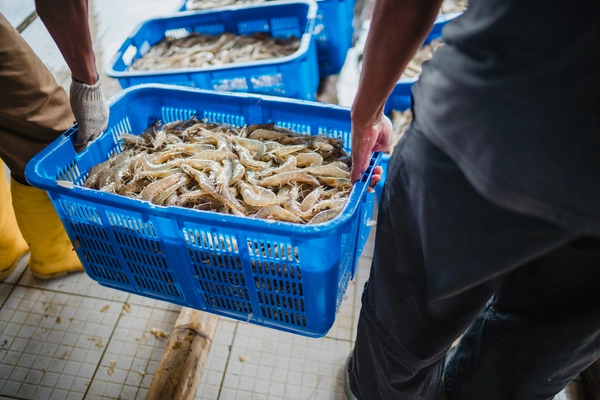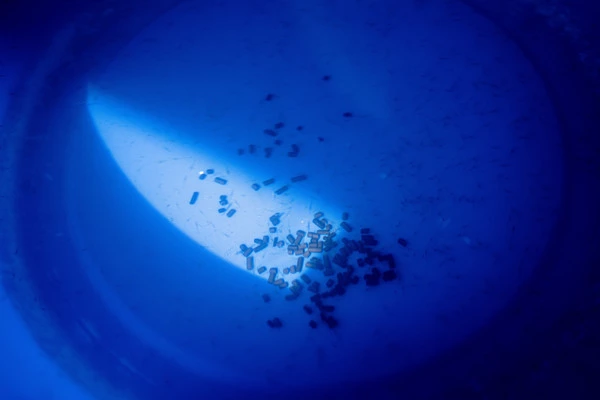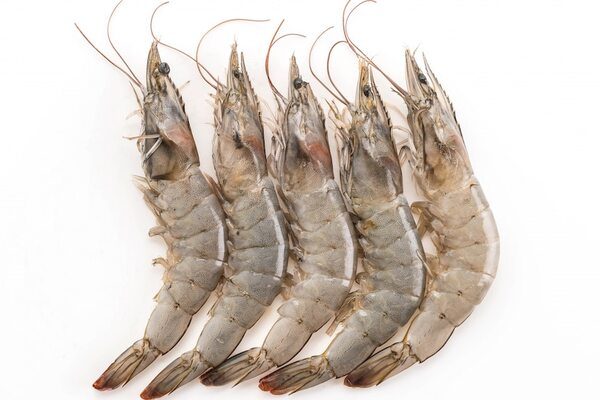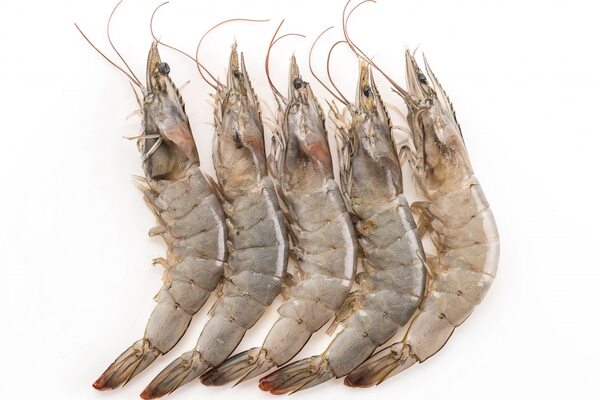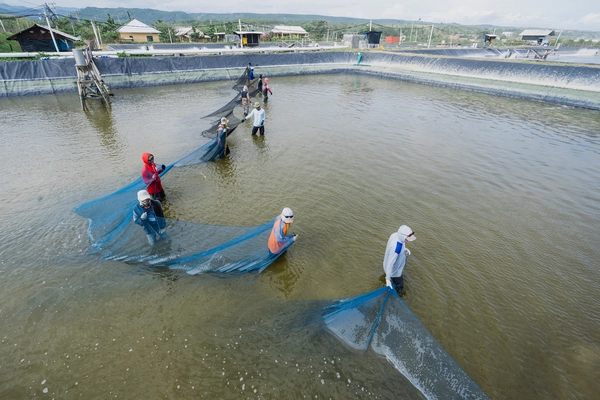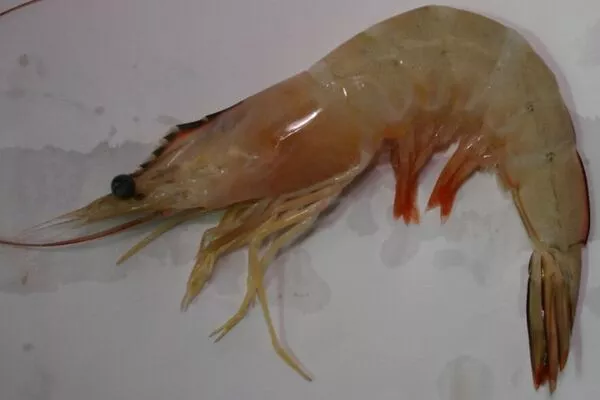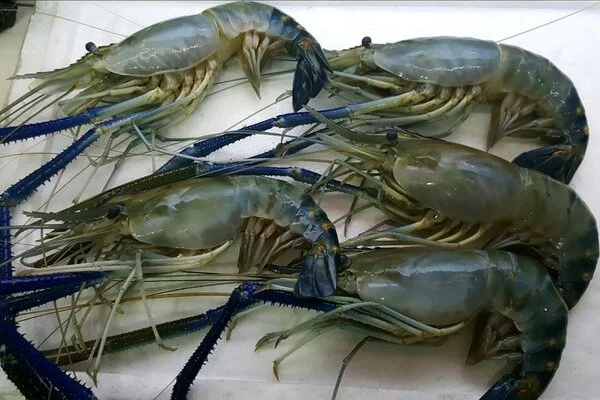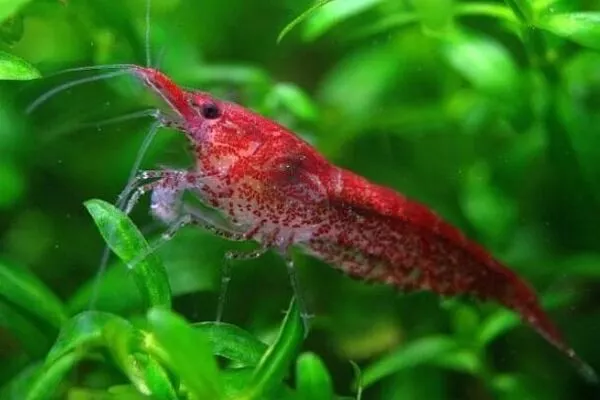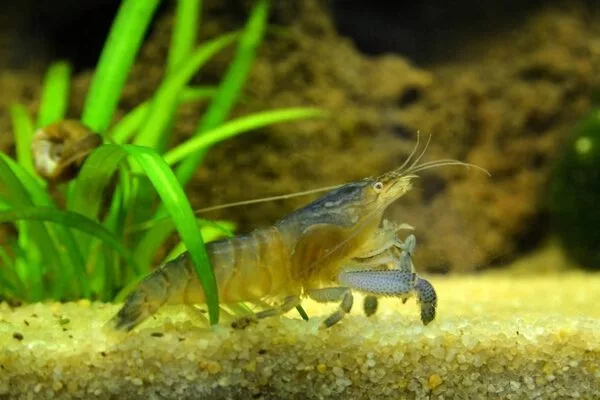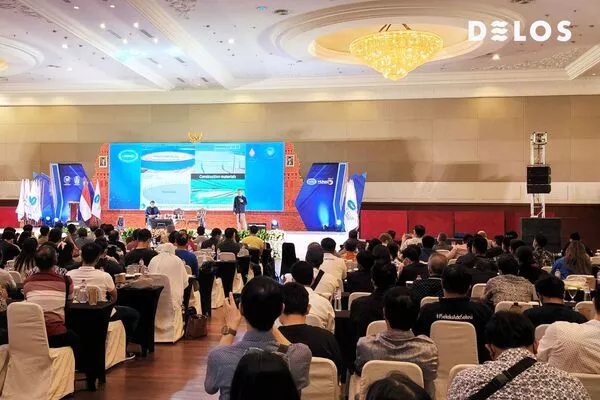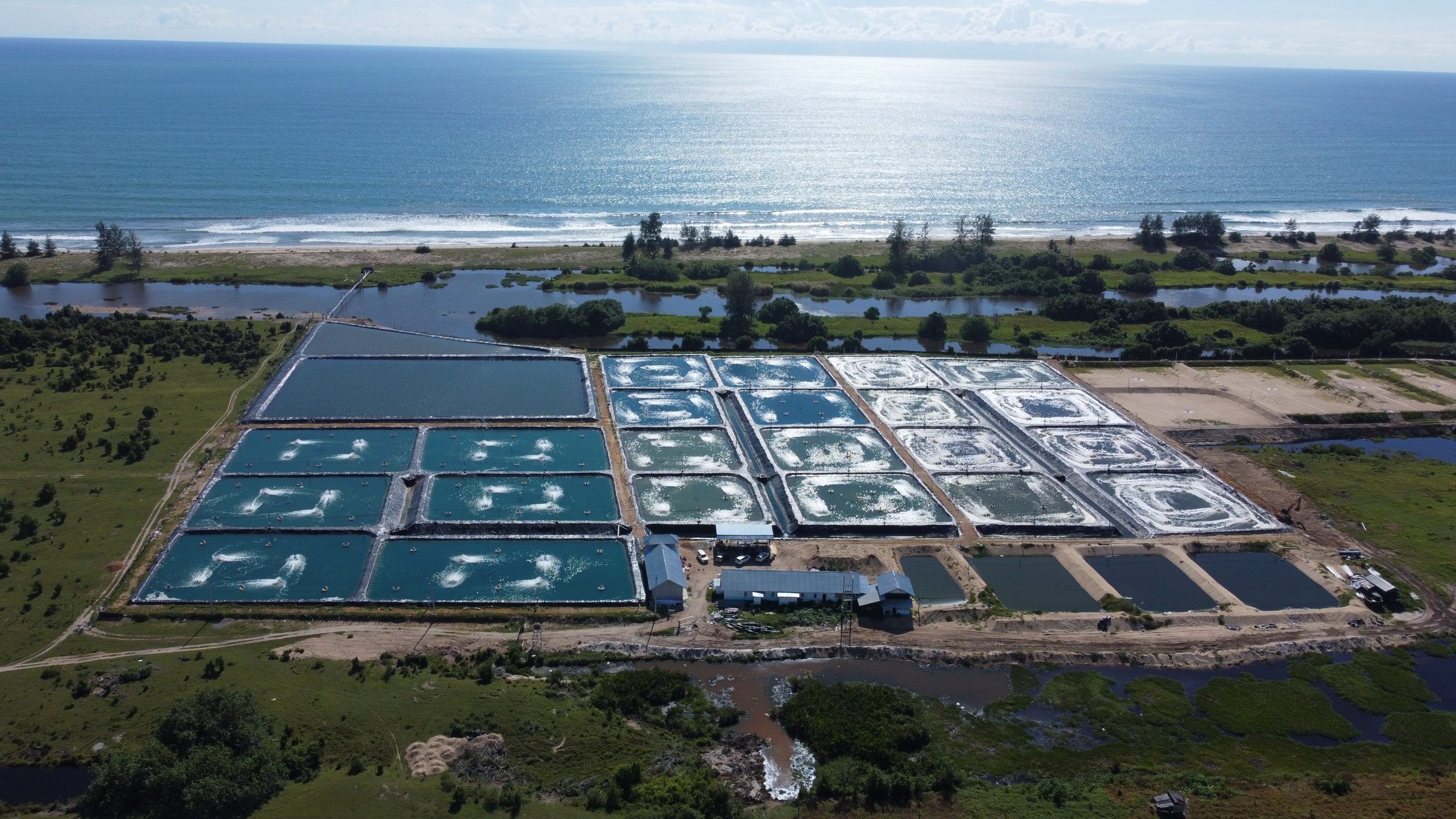7 Characteristics of High-Quality Vannamei Shrimp Seed
Quality vannamei shrimp seed is the key to the success of the cultivation that you are doing. Therefore, choosing the right one with high quality is essential to get optimal results.
Several tests are performed to determine the quality of shrimp seed. Among them are PL quality, origin and reputation of the hatchery, visual and stress evaluation, and other tests to detect if pathogens are present.
Therefore, here are the characteristics of high-quality vannamei shrimp seed that you should know to make the right choice.
Also Read: 5 Types of Shrimp Pond Aerators and Their Functions
1. Uniform Shrimp Seed Size
The first characteristic of high-quality vannamei shrimp seed can be seen from the uniform sizes of the shrimp seed. This non-uniform size indicates that the shrimp seed grows normally and receives the same nutritional intake.
In addition, the uniform size of shrimp seeds can also prevent cannibalism and competition for food with each other.
2. Shrimp Seed Not Physically Disabled
Several essential criteria must be filled in by high-quality vannamei shrimp seed before stocking. One of them is the physical equipment of the shrimp seed itself.
Healthy vannamei shrimp seed must have complete and well-developed limbs. From the tail that is not curved, the eyes and eye stalks are perfectly shaped, to the utterly intact swimming legs.
3. Shrimp Seed Has Fully Filled Gut
The external physical condition of the vannamei shrimp seed should also be examined for the state of the inside of the body, namely the gut. A vannamei shrimp seed is healthy when it has a filled intestine which is a sign that it is eating well.
On the other hand, vannamei shrimp seed with an empty gut condition can mean that the shrimp seed has no appetite or is even experiencing stress.
4. Right Move Actively
The next characteristic of high-quality shrimp seeds is shrimp seeds move by actively swimming here and there, which is done by activity testing. This is because the shrimp seeds are sensitive to external stimuli.
Also Read: 7 Easy Ways to Cultivate Vannamei Shrimp For Beginners
5. Free from Various Diseases
The shrimp farming industry has been affected several times by outbreaks of diseases caused by viruses and bacteria. Therefore, it is crucial to know whether you have certain conditions. This is done to prevent the farmers from losses.
Usually, a Polymerase Chain Reaction (PCR) test is carried out through a strict population sampling protocol to determine whether it is genuinely disease-free.
6. Pass the Stress Test
Minimizing stress on vannamei shrimp seed is a top priority during the hatchery process. From the time at the hatchery, the trip to the pond, until the stocking time.
This is because stressed shrimp seeds, when released into the environment to enlarge, will be potentially hostile to each other and less likely to survive.
7. It comes from a Trusted Hatchery
Finally, to get vannamei shrimp seed of the highest quality, you can get them from a trusted hatchery or hatchery. With a well-monitored hatchery process, farmers don’t have to worry about the quality of the shrimp fry they buy.
Also Read: Get to Know Myo IMNV Disease in Vannamei Shrimp and Its Characteristics
Get Quality and Reliable Vannamei Shrimp Seed at DELOS AquaLink!
The key to success in shrimp farming is the quality of what is cultivated. Therefore, when choosing goods, pay attention to the seven things above before deciding to buy.
If you’re looking for high-quality vannamei shrimp seed at competitive prices, you can get them at DELOS AquaLink!
Delos AquaLink is an integrated supply chain that connects our partners to get their pond product needs at the best quality and price. Through AquaLink, you can get your needs for pond equipment, feed, medicine, logistics, and harvesting services.
To become part of AquaLink, contact DELOS directly via contact@delosaqua.com or submit via the contact column on our website www.delosaqua.com. Let’s partner with us!







